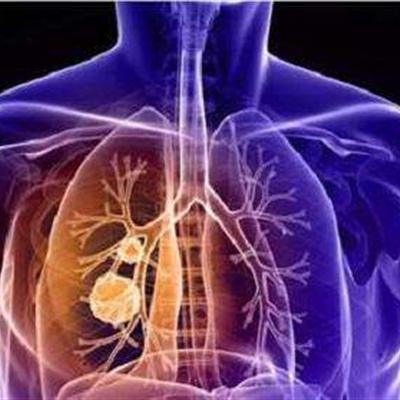Symptoms of spinal tumors?
summary
Spinal tumor refers to the primary and secondary tumors in the spine. The overall incidence of primary spinal tumors is about 0.4%. The vast majority of adolescent spinal tumors are benign, while young and middle-aged patients are more likely to have malignant tumors. Benign tumors mostly involved posterior structures, while malignant tumors mostly involved vertebral bodies. Primary benign spinal tumors generally progress slowly and have a long course of disease; Malignant spinal tumors progress faster, the course of disease is short, and the clinical symptoms appear faster, accounting for about 10% of the new malignant bone tumors every year. Symptoms of spinal tumors? Let's talk about it.
Symptoms of spinal tumors?
Pain is the most common and main symptom in patients with spinal tumor. In 80% - 95% of primary spinal tumors, pain is the first symptom, sometimes the only symptom. It mainly includes pain caused by tumor and mechanical pain. Generally, the pain is more obvious at night, and can be alleviated by activities during the day.

Because spinal bone tumors mostly occur in the vertebral body, and the position of the vertebral body is deep, it is difficult to find on the body surface, so the patients with mass as the first manifestation are not common, mainly in the cervical spine or the tumor of the posterior spinal appendage structure. The mass of spinal malignant tumor grows rapidly, and often forms compression on the surrounding tissue, so it often has local pain and discomfort. Due to the existence of primary lesions and the high malignant degree of metastatic tumors, the metastatic tumors grow rapidly and easily induce spinal pain and neurological symptoms, which are often found before the formation of large masses.

Spinal deformities caused by spinal tumors are not uncommon. The main mechanisms include: the destruction of vertebral body and (or) appendages by tumors; The spasmodic reaction of the surrounding tissues of the spine and the compression of the surrounding structures caused by the large volume of the tumor. For example, osteoid osteoma can often appear concave to the lesion side of the scoliosis deformity, and its scoliosis apex is the location of the lesion.

matters needing attention
Develop good posture habits, pay attention to keep warm, prevent cold invasion, protect the cervical spine, lumbar spine, thoracic spine, etc. Reduce and avoid radiation, especially during the skeletal development of adolescents.















